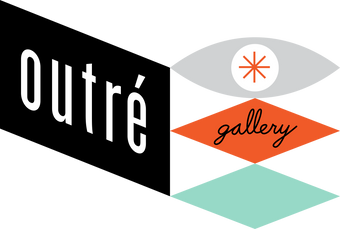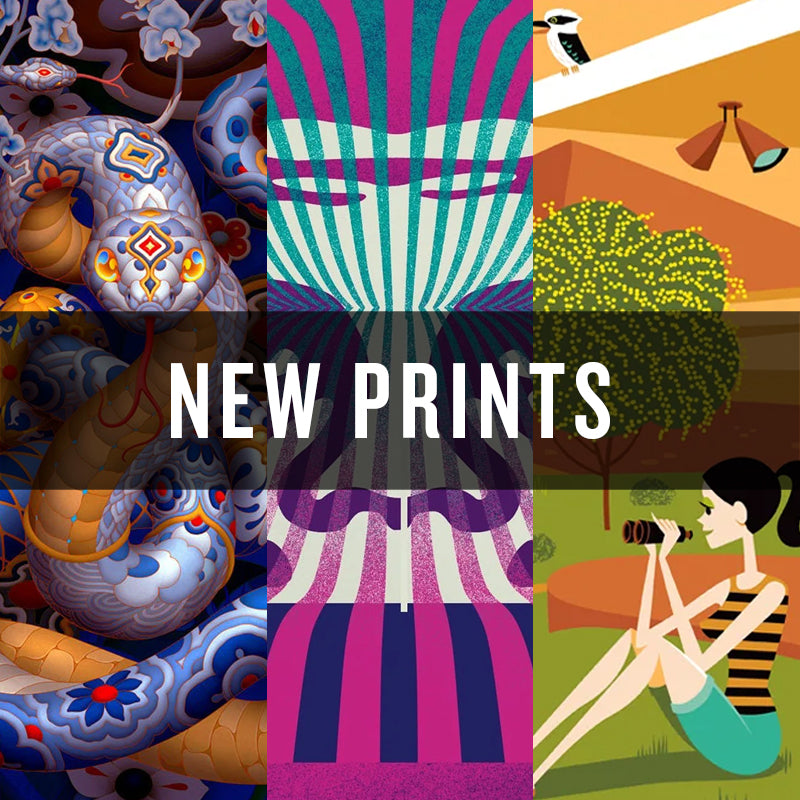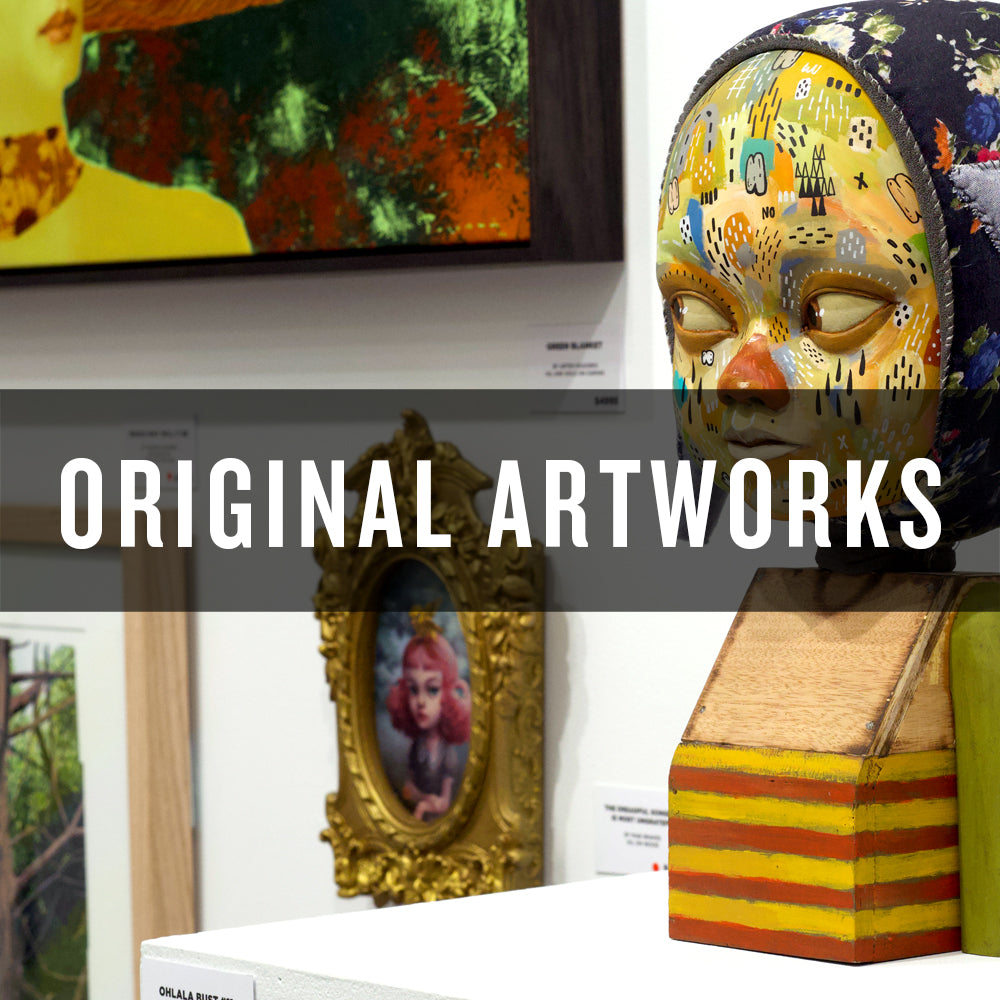Richie Fahey is a photographer and artist based in New York, who hand-colors his silver gelatin prints, creating a technicolor facade over the realms of black and white. His style evokes lobby cards in old movie houses, covers of dimestore novels and star portraits in fan magazines like Screen and Photoplay. In defining his style, Richie is inspired by the posed photographs from detective magazines, cinematographers of the 40s and 50s like John Alton, portrait photographers such as George Hurrell, and painters and illustrators like Leeteg and James Avanti.
In anticipation of his upcoming group show with fellow artists Derek Yaniger and Jeff Raglus, Syncopation, Richie took us behind the scenes of his creative process. We are very lucky to be privy to his magic!
Now, here is Richie's process in his own words.
Step 1 – Sketches
Okay, here's all my secrets:
I usually start with a hand drawn sketch. This is a leftover from when I did book covers and had to show an art director what I wanted to do. It is also useful to show to the model.

Step 2 – Photoshoot
For this shoot, I hired help to do the model's hair and makeup. The model is Jenna DiMartini. Everything was shot in my basement with different setups. For the Pagan Island image, I had about 100lbs (45kg) of sand! The photos were shot with a digital Canon SLR that was borrowed from my full-time job.
Before working with digital cameras, I would shoot on a RZ67 or a 3 1/4 x 4 1/4 speed graphic. However, since I compose the image digitally before making the negative, it's easier to just shoot digital. For my last shoot, Fayaway, I was able to get a digital back for my RZ and shoot with that.

Step 3 – Digital Image/Negative
I composed everything in Adobe Photoshop and got a 11x14" negative made.

Step 4 – Printing
I go to the one remaining darkroom in New York and contact print the image on photo paper. Kodak Ektalure is my preferred paper (it has been discontinued for about 20 years now, I think). At home, I'll sepia tone the print.

Step 5 – Coloring
I'll tape the print to a smooth board and spot tone away the dust marks. I use Marshall's Photo Oils to colour (I don't think this company exists anymore). I learned everything about colouring from their book, Photo Oil Colouring for Fun and Profit.

I use Q-tips and cotton swabs wrapped around a toothpick to apply the paint. I do all the colouring in one sitting, usually 6–10 hours.

Step 6 – Finishing
After the print dries, I'll scan it and then retouch out all the dust and tweak the colour.

 Thank you so much to Richie for being so generous and giving us an insight to your art!
Thank you so much to Richie for being so generous and giving us an insight to your art!
Syncopation with Richie Fahey, Derek Yaniger & Jeff Raglus
Friday, 16 March 2018
6–8pm
Drinks provided by our friends at Campari
Facebook Event



